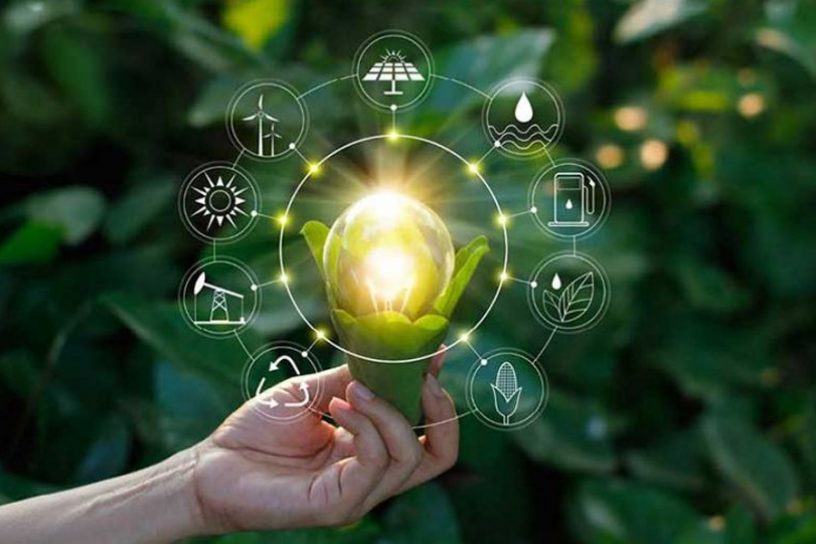
To achieve global sustainability, there is a need for holistic and urgent revamping of such tax structures, says the author.
Author
Eeshan Chaturvedi, Associate Professor, Jindal School of Environment & Sustainability, O.P. Jindal Global University, Sonipat, Haryana, India.
Summary
The purpose of taxes has long been established to help a polity function through material revenue raised from such taxes. Globally and historically, taxes have benefitted kingdoms, democracies, and theocracies in helping achieve their respective goals. Specifically, taxes help fund development and welfare projects, defense and militaries, scientific research, public insurance, salaries of government employees, the general operation of government, and public transportation.
Taxes also help provide public goods and services, including better health infrastructure, development, and indeed, environment. The study of the latter, however, demands that we relook at our tax regimes.
In economics, the concept of externalities plays an important role in gauging the cost and value of a particular asset, service, or action. An externality typically means the unintended consequences of one’s action that are to be borne by a third person who is not a party to the transaction.
A positive externality occurs when a benefit spills over, while a negative externality occurs when such a third person suffers a loss. It is the negative externalities that define how inefficient environmental macro regulations and micro behavioral patterns may be. A simple example of a negative externality is the tailpipe emissions from one’s car, which cause severe health impacts on others around, despite being external to the relation with the car.
Such negative externalities affect us all and can be found aplenty. A positive externality can be seen in the case of apple orchards that help bees (which help pollination) survive, thereby promoting the outcome and produce of nearby agricultural activities.
Published in: Pathway to the 2022 Declaration Blog
To read the full article, please click here.


